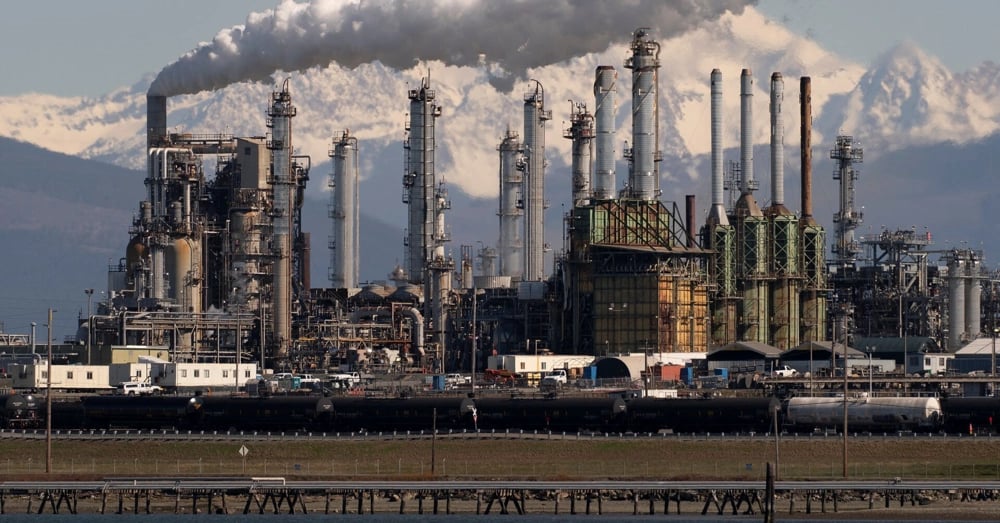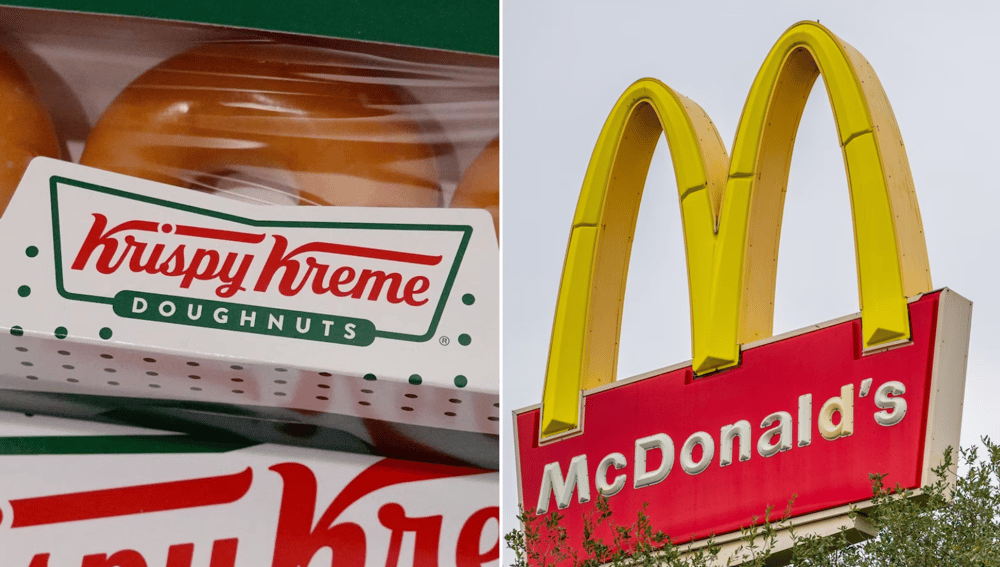Southwest Airlines Faces Continued Pressure from Weakening Travel Demand
Southwest Airlines Co. $LUV is confronting persistent demand softness in the passenger airline sector, extending a downtrend first noted earlier in 2025. This environment has prompted leading U.S. air carriers to re-evaluate their financial projections for the remainder of the year. During a recent Wolfe Research conference, Southwest’s CFO Tom Doxey reported no visible signs of a sectoral rebound, emphasizing a consistent decline in industry-wide travel demand.
Impact on Revenue and Financial Forecasts
Southwest Airlines anticipates flat to declining unit revenue for the current quarter, projecting a contraction of up to 4%. This outlook arrives after the company’s revenue per available seat mile (RASM) significantly missed expectations at the start of 2025 by 6 percentage points. Such figures point to challenging conditions in maintaining profitability amid fluctuating passenger volumes and competitive fare pricing.

Movements in Southwest Airlines Stock
Shares of Southwest Airlines have responded negatively to ongoing revenue concerns. By the early afternoon in New York, the stock slipped 1%, recovering partially from a deeper loss exceeding 4% during the session. Year-to-date, Southwest’s share price has declined by 5.5%, reflecting mounting investor caution regarding prospects for a near-term turnaround within the U.S. airline sub-sector.
Major Factors Affecting Demand in U.S. Airlines
Macroeconomic trends: Weaker consumer confidence and shifting travel behavior have contributed to softer bookings, particularly in discretionary routes and leisure travel segments.
Competitive pricing pressures: The abundance of available seats and aggressive fare competition are dampening revenue growth per unit, influencing airlines’ revenue management strategies.
Cost structure sensitivities: Fixed operating costs and higher non-fuel expenses continue to strain margins, leaving carriers with limited flexibility during demand slumps.
Seasonal and cyclical volatility: Changing travel patterns influenced by holidays, macro shocks, and external disruptions impact load factors and associated earnings performance.
Industry-wide forecasts: Multiple U.S.-listed airlines have now revised expectations for revenue and earnings, reflecting a shift in market sentiment.
Broader Sector Implications
The current weakness in Southwest Airlines’ outlook underscores broader challenges facing commercial aviation in the U.S. market. As revenue declines outpace cost adjustments, airlines may need to reconsider network capacity, pricing approaches, and fleet utilization decisions. Shifts in passenger preferences and continued macroeconomic headwinds create a complex environment for stakeholders across the sector.















Comments
Southwest's outlook serves as a stark reminder that even the most renowned carriers can't escape today’s volatile travel market.
It’s concerning to see how slow the recovery is for airlines like Southwest, even as we head further into 2025.